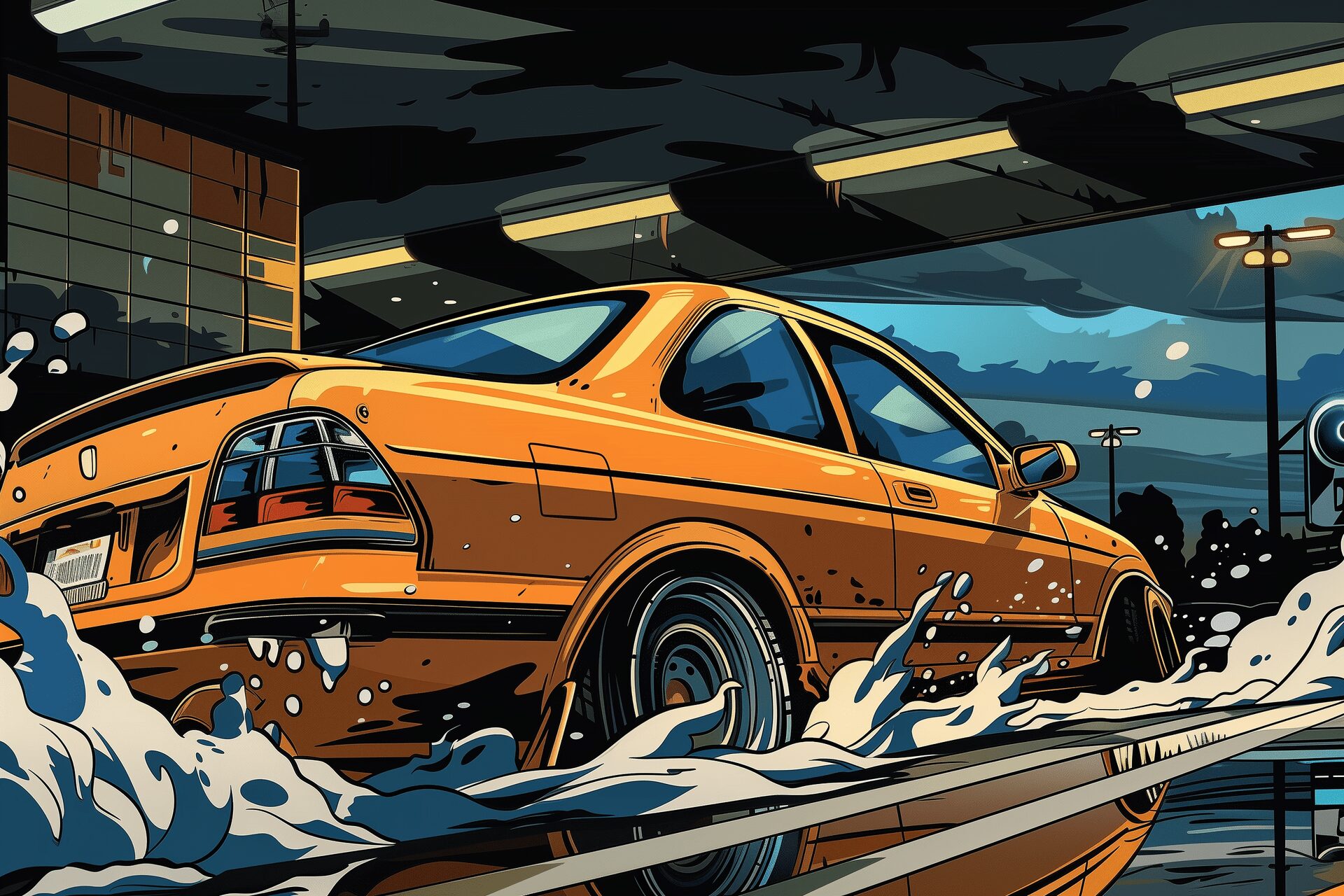What Are The 5 Rules of Defensive Driving?
Sep 26, 2022

As an Amazon Associate, Modded gets commissions for purchases made through links in this post.
It frustrated Harold L. Smith that driving schools taught just the mechanics of driving and not how to think about avoiding accidents. He created the Smith System driving school and introduced his 5 rules of defensive driving.
Defensive driving is the practice of predicting and avoiding dangerous situations on the road. Other drivers, inclement weather or hazardous terrain can cause these situations.
Smith’s five rules are so effective that driving schools still use them 70 years later.
Here’s what the five rules of defensive driving are and how you can implement them on the road.
1. Aim High
Aiming high means positioning yourself as high up as possible so you can see a complete picture of the road and area ahead of you.
Be sure you can see the entire rear end of the car in front of you, so you know if anything is sticking out of it and see how their brake lights show.
Also, ensure you can see any vehicles or hazards to your sides that might cause a navigation problem or other drivers to act rashly. Glance ahead as far as possible to see if there’s anything that will cause a sudden stop in the traffic flow so you can prepare.
Position your rearview mirror so you can glance and get a solid idea of what’s happening behind you.
2. The Big Picture
Looking for the big picture means not just thinking about getting from point A to point B. It means considering the potential actions of other drivers and pedestrians.
Be aware of how other people move and react to the road around you. Unfortunately, rushed, angry, distracted or drunk drivers are too familiar these days. Combine that with pedestrians who are either on their phones or listening to music, and you have the setup for a potential disaster.
The big picture is being alert but not anxious about your surroundings and predicting the actions of those around you to avoid a collision.
3. Keep Your Eyes Moving
Defensive driving means staying focused on driving and not letting your eyes or mind wander to other topics that throw you off your game.
It’s easy to let your mind go into “autopilot” when driving to a familiar place, but that lack of alertness can lead to a tragedy.
One way to prevent your mind from wandering is to keep your eyes moving. That doesn’t mean looking away from the road, but keeping alert to the things around you. Look at the weather conditions, cars around you and potential hazards that could quickly become and issue.
Be aware of any kids or animals near the road that could run out in front of you, any drivers who might not look before cutting you off and any new potholes. By keeping your mind focused on the current day, you can stay focused on driving.
4. Leave Yourself an Out
Leaving yourself an out means keeping you and your vehicle with enough space to escape a dangerous situation.
Do your best not to get boxed in with other vehicles. Control what you can by leaving enough space between the car in front of you and the things beside you. If someone isn’t paying attention or a hazard happens, you’ve worked to prevent colliding with another vehicle or object.
Be alert to the issue that may occur and leave yourself a way to get out of them. Doing so can help ensure you and others get to your destinations safely.
5. Ensure They See You
The last rule of defensive driving means you can’t assume others are also driving defensively.
You want to ensure other drivers see you and can anticipate your movements. This means using lights and turn signals, not making sudden movements and using your horn when necessary.
By staying alert to your surroundings and driving responsibly, you create a safer environment for everyone.
Following the 5 Rules of Defensive Driving
When you practice the rules of defensive driving, you can help ensure that you and others are safe on the road. Knowing how to drive a vehicle is only part of being a safe driver. You can take responsibility for your actions and avoid a potential catastrophe by driving defensively.





